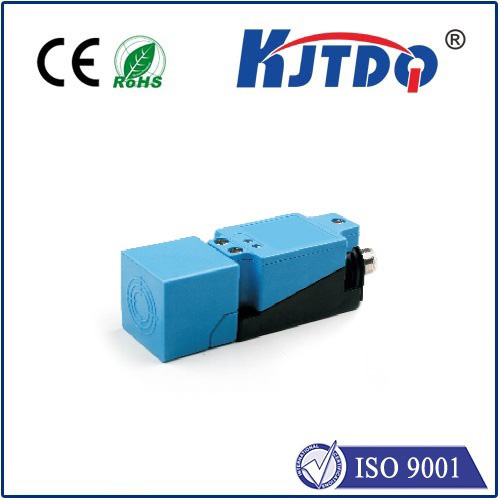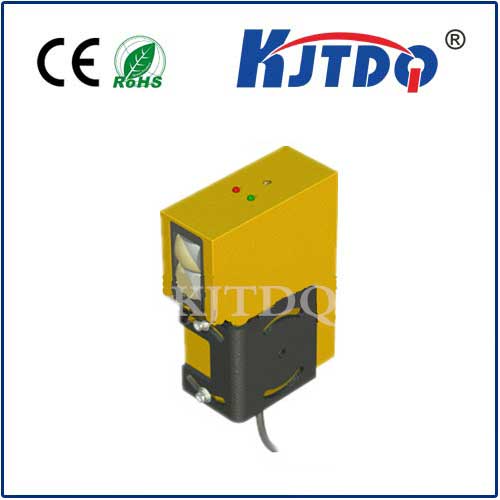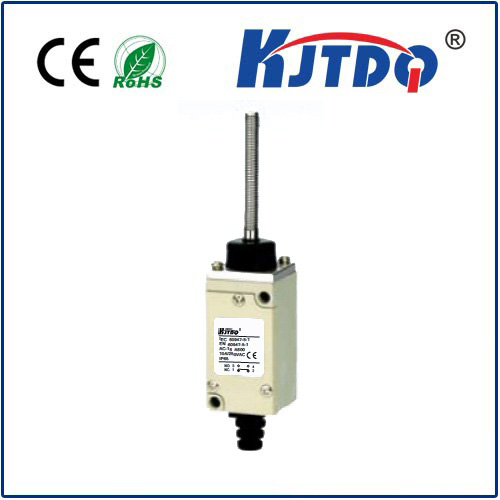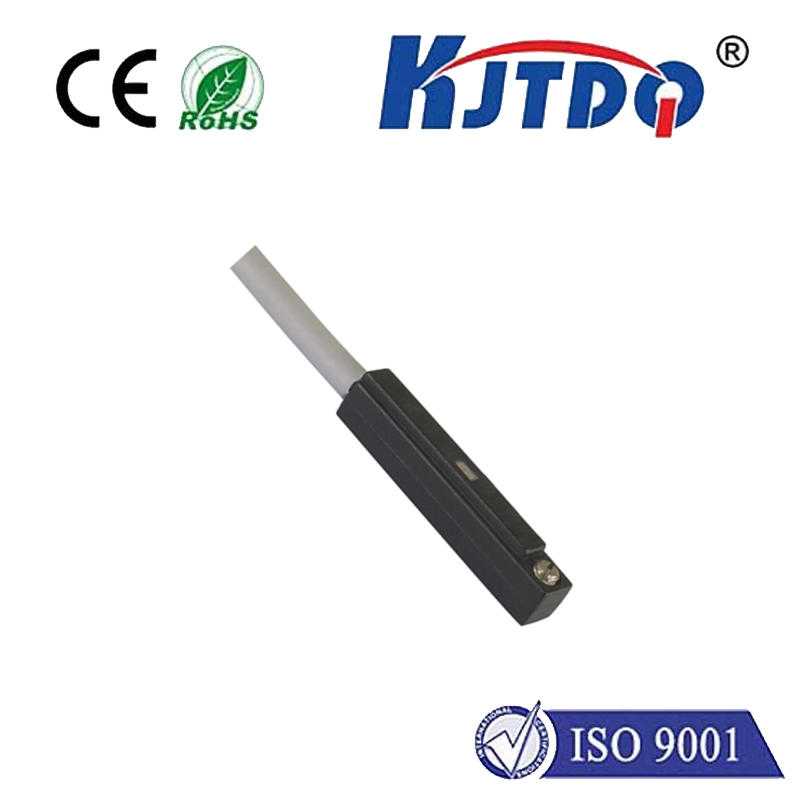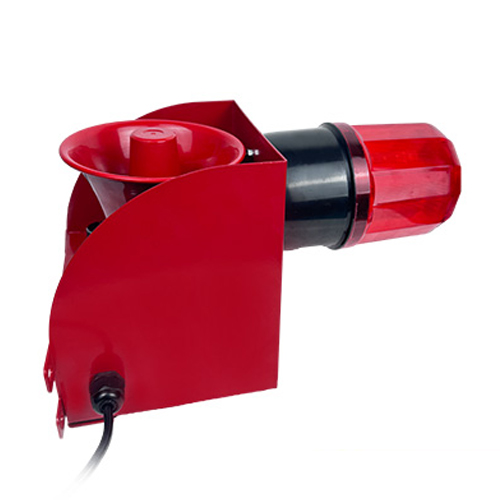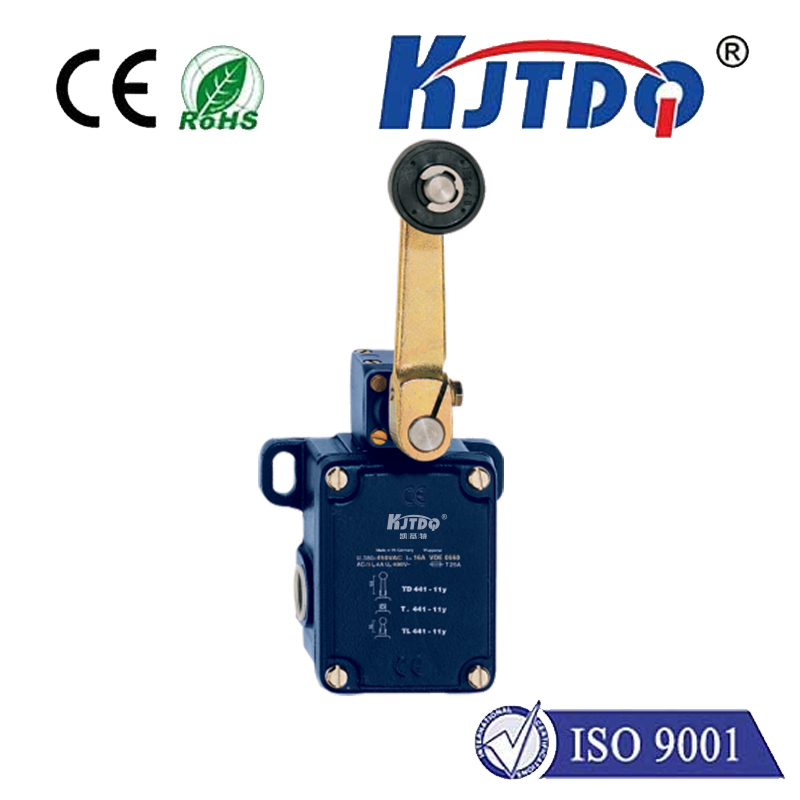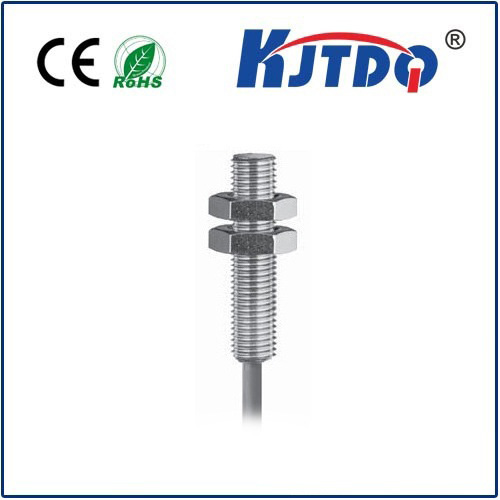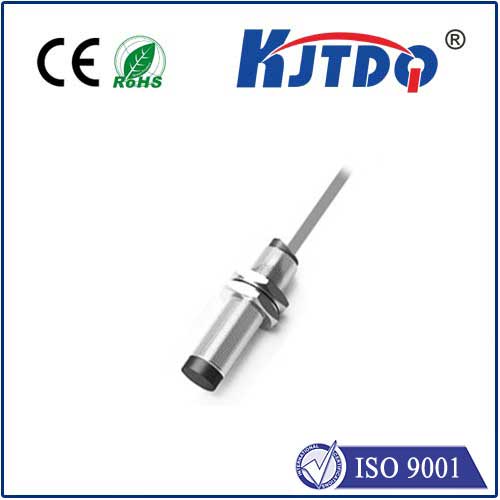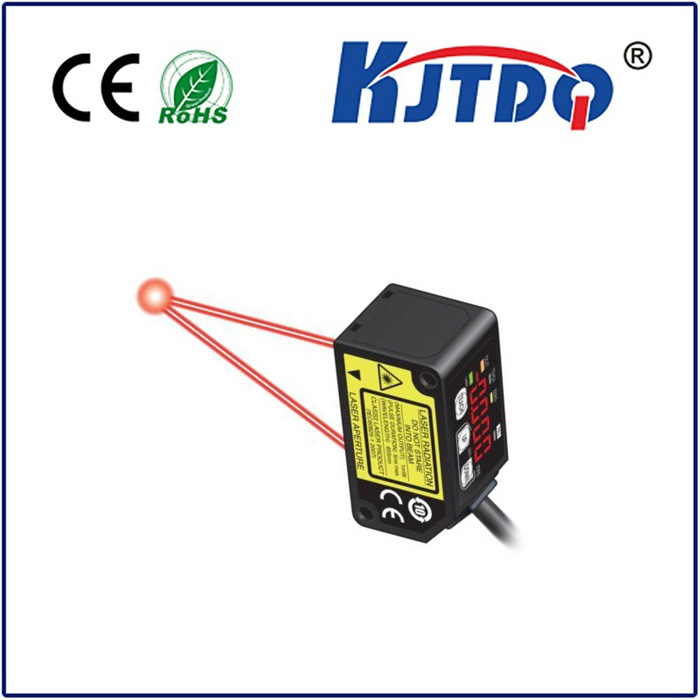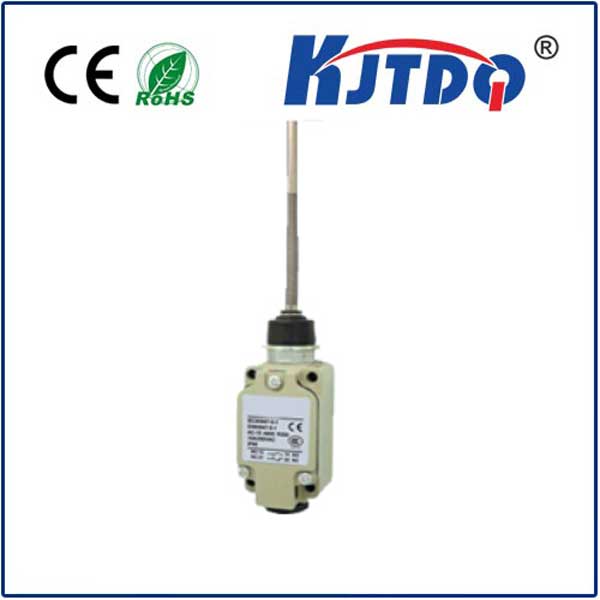E3FB-DP12 2M 5v photoelectric sensor
- time:2025-10-09 09:50:35
- Click:0
The E3FB-DP12 2M 5V Photoelectric Sensor: Compact Sensing for Low-Voltage Applications
Introduction: Simplifying Automation with Precision Low-Voltage Sensing
In the intricate world of industrial automation, where efficiency and reliability are paramount, sensors act as the vital nervous system. Choosing the right sensor can significantly impact system performance, power requirements, and integration ease. The E3FB-DP12 2M 5V photoelectric sensor represents a specialized solution tailored for modern, space-constrained, and low-voltage environments. Understanding its capabilities, particularly the 5V operating voltage and 2-meter sensing range, is key for engineers and designers seeking robust yet power-conscious detection. Let’s explore what makes this compact sensor a valuable asset.
Understanding the Core Function: What is a Photoelectric Sensor?
Photoelectric sensors work on a simple yet powerful principle: they emit a beam of light (visible red, infrared, or laser) and detect changes in that beam caused by the presence or absence of an object. They are incredibly versatile, detecting objects regardless of material (metal, plastic, wood, glass, liquid), shape, or color, provided there is sufficient contrast or reflectivity. This versatility makes them indispensable across countless industries – manufacturing, packaging, material handling, food & beverage, and automotive assembly lines.
The E3FB-DP12 model belongs specifically to the “diffuse reflective” type. Unlike through-beam sensors requiring a separate emitter and receiver, or retro-reflective types relying on a reflector, diffuse sensors house both the light emitter and receiver within a single compact housing. The sensor detects objects when the emitted light reflects diffusely off the target and back to the receiver. This self-contained nature simplifies installation, reducing wiring and mounting complexity.
Decoding the Model: E3FB-DP12 2M 5V

Omron’s model numbering system provides clear insight into the sensor’s specifications:
- E3FB: Indicates the series – compact, cylindrical, diffuse reflective photoelectric sensors.
- DP12: Specifies the housing size and connector type. Here, “DP” typically refers to a specific cylindrical diameter (often 12mm or 18mm – check datasheets for exact dimensions) with a pre-wired cable.
- 2M: This is crucial – it denotes the sensing distance. For the E3FB-DP12, “2M” signifies a standard sensing range of 2 meters (approx. 6.6 feet). This offers a significant detection area for a compact sensor, providing flexibility in mounting.
- 5V: This defines the operating voltage. Operating at 5V DC is a defining characteristic, making this sensor ideal for applications integrated with low-voltage logic circuits, microcontrollers (like Arduino or Raspberry Pi in prototyping), PLCs with 5V logic outputs, or battery-powered systems where minimizing power consumption is critical. It stands in contrast to the more common industrial sensors operating at 12-24V DC.
Key Technical Features & Capabilities
Beyond the core specifications encoded in its name, the E3FB-DP12 2M 5V offers several key features:
- Compact Size: The DP12 housing is designed for space-limited installations, easily fitting into machinery where real estate is precious.
- M12 Pre-wired Connector: This standard connector simplifies wiring and connection to control systems, facilitating quicker installation and maintenance compared to bare wire leads.
- High Noise Immunity: Industrial environments are electrically noisy. These sensors incorporate shielding and filtering to ensure stable operation resistant to interference from inverters, motors, and welding equipment.
- Environmental Resistance: Engineered to withstand typical industrial challenges like dust, oil mist, and vibration (depending on specifications, confirm IP rating).
- Light/Dark ON Selectability: Often configurable via a switch or wiring, allowing users to choose if the output activates when the beam is interrupted (Dark ON) or when sufficient light is received (Light ON).
- Output Type: Typically features an NPN (sourcing) or PNP (sinking) transistor output (check suffix/model variant), suitable for direct connection to PLCs or other controllers.
- LED Indicators: Built-in LEDs provide clear visual status indication for power (green) and output state (orange), simplifying setup, troubleshooting, and monitoring.
Why Choose a 5V Sensor? The Advantages
The 5V operating voltage of the E3FB-DP12 2M isn’t just a specification; it unlocks specific advantages:
- Direct Microcontroller/Logic Integration: Seamlessly connect directly to the GPIO pins of popular development boards (Arduino, Raspberry Pi, BeagleBone) or other low-voltage logic circuits without requiring level-shifting components. This dramatically simplifies prototyping and low-voltage system design.
- Reduced Power Consumption: Operating at 5V inherently draws less current than higher-voltage counterparts, making it ideal for battery-powered applications or systems where overall energy efficiency is a priority.
- Compatibility with USB Power: Can often be powered directly from standard USB ports (5V), offering extreme convenience for portable setups or low-power monitoring tasks.
- Simplified Power Supplies: Eliminates the need for a separate 12V or 24V DC power source dedicated solely to sensors in low-voltage environments.
The Value of 2-Meter Sensing Range
The 2M (2-meter) sensing distance provides significant practical benefits:
- Installation Flexibility: Allows installation farther away from the target object, providing more room for mechanical movement, protecting the sensor from potential impact, or simplifying mounting in cramped layouts.
- Detecting Larger Objects: Effectively detects objects with greater surface area or positioned at a distance.
- Overcoming Minor Misalignment: The relatively long sensing distance offers a degree of tolerance for minor mounting misalignments compared to shorter-range sensors.
Ideal Applications for the E3FB-DP12 2M 5V Sensor
This sensor’s unique combination of compact size, 5V logic compatibility, and respectable 2m range makes it exceptionally well-suited for:
- Prototyping & Maker Projects: Easy integration with Arduino, Raspberry Pi, and similar platforms for object detection in robotics, interactive displays, and custom automation.
- Small-Scale Automation: Packaging machines, sorting lines, vending mechanisms, and other compact machinery where space and low-voltage control are constraints.
- Object Detection on Conveyors: Detecting the presence/absence of boxes, products, or components on conveyor belts within its range.
- Position Sensing: Verifying the position of parts, slides, or actuators within machinery.
- Liquid Level Detection: Sensing the presence of liquid or foam in containers (using diffuse reflection off the surface).
- Part Counting: Accurately counting objects passing a point.
- Battery-Powered Systems: Low-power monitoring in remote equipment, mobile devices, or security systems.
Implementation Considerations
While powerful, successful integration requires attention to detail:
- Target Properties: Diffuse sensors rely on sufficient light reflection. Dark, matte, or highly transparent targets may require a shorter sensing distance than the rated 2m or might benefit from different sensor types (through-beam, retro-reflective). Always test with the actual target.
- Background Suppression: While the E3FB-DP12 relies on standard diffuse reflection, be mindful of background objects within its detection cone that could cause false triggers. Proper sensor orientation and mounting angle are crucial.
- Environmental Factors: Dust, steam, fog, or splashing liquids can scatter the light beam, potentially reducing reliable sensing distance. Ensure the chosen model’s IP rating matches the environment.
- Supply Voltage Stability: Ensure a clean, regulated 5V ±












